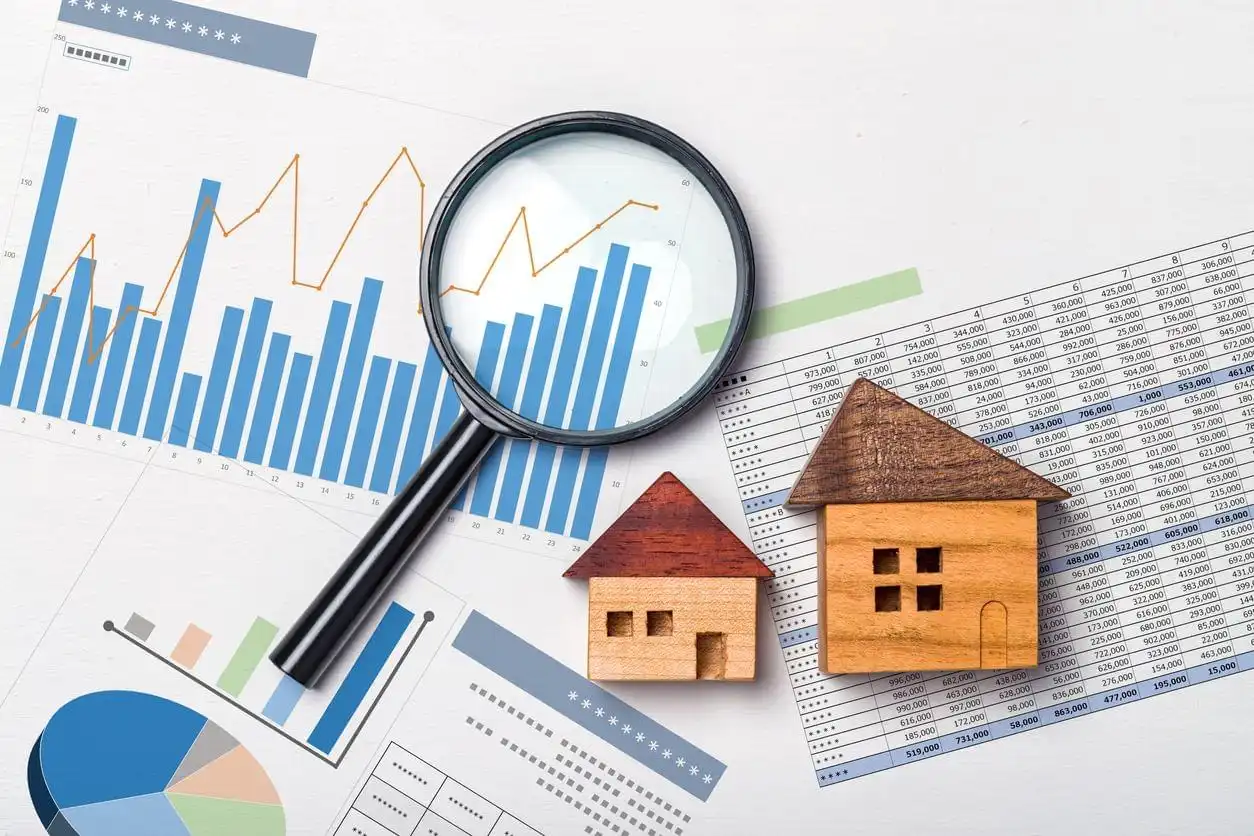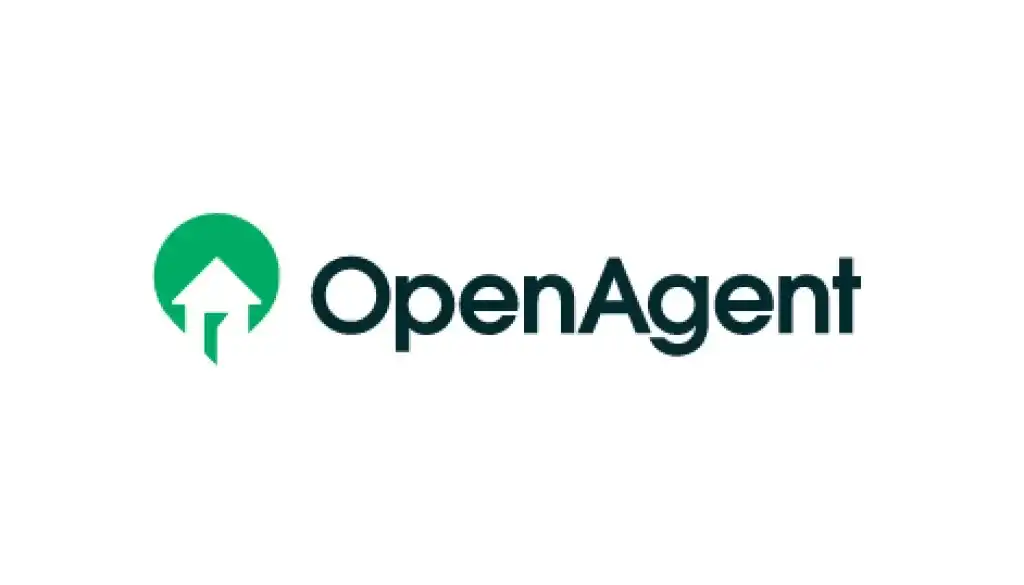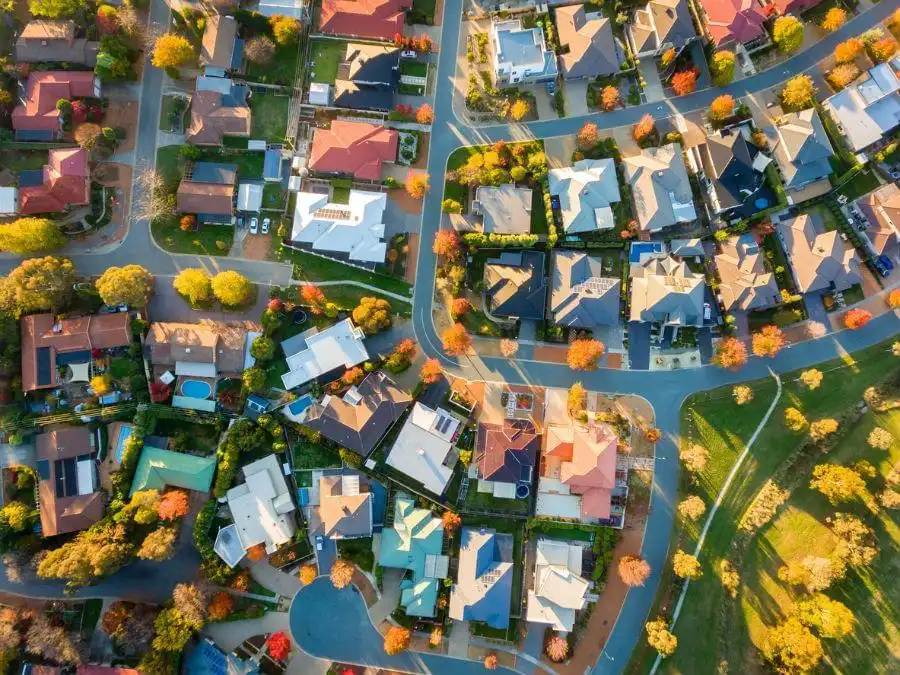Long-term and short-term growth in the Australian housing market: a comparative analysis
Australia's housing market is known for its dynamic and varied growth patterns, reflecting the diverse economic and demographic factors across different regions.
In this article, we'll delve into the long-term and short-term growth trends in the housing market, using data from two specific lists: one measuring the largest increase in house price medians over the last ten years and the other focusing on the highest one-year growth rates.
This comparative analysis highlights key differences in growth patterns and the underlying factors driving these trends.

Get a free property value estimate
Find out how much your property is worth in today’s market.
Long-term growth: the decade-long surge
The first list we examine includes the ten SA3 regions with the largest increase in house price medians over the last ten years. These regions have demonstrated sustained growth, showcasing their long-term resilience and attractiveness.
1. Broadbeach - Burleigh, Gold Coast, Queensland
- Median Price: $1,755,000
- Annual Average Growth Rate: 18.5%
- Market Peak: $1,755,000 in January 2024
- Growth Pattern: Sustained Growth
Broadbeach - Burleigh has seen a remarkable 185% increase in house prices over the last decade. This sustained growth is indicative of the Gold Coast's appeal as a desirable location for both residents and investors, driven by its coastal lifestyle and tourism.
2. Coolangatta, Gold Coast, Queensland
- Median Price: $1,390,000
- Annual Average Growth Rate: 17.3%
- Market Peak: $1,390,000 in January 2024
- Growth Pattern: Sustained Growth
Coolangatta's house prices have surged by 173%, reflecting the broader trend seen in the Gold Coast region. The area’s consistent rise in median prices underscores its popularity and sustained demand.
3. Baulkham Hills, Sydney - Baulkham Hills and Hawkesbury, New South Wales
- Median Price: $2,200,000
- Annual Average Growth Rate: 15.3%
- Market Peak: $2,200,000 in January 2024
- Growth Pattern: W-Shaped Recovery
Baulkham Hills experienced a 153% increase in house prices over ten years, characterized by fluctuations but ultimately recovering strongly. This W-shaped recovery highlights the resilience of Sydney's property market amidst economic cycles.
4. Mudgeeraba - Tallebudgera, Gold Coast, Queensland
- Median Price: $1,390,000
- Annual Average Growth Rate: 15.0%
- Market Peak: $1,390,000 in January 2024
- Growth Pattern: Sustained Growth
With a 150% increase, Mudgeeraba - Tallebudgera has shown consistent upward growth, driven by its appeal as a residential area within the Gold Coast, known for its family-friendly environment and proximity to amenities.
5. Maroochy, Sunshine Coast, Queensland
- Median Price: $1,200,000
- Annual Average Growth Rate: 14.7%
- Market Peak: $1,230,000 in January 2024
- Growth Pattern: Decelerating Growth
Maroochy's prices have grown by 147%, with rapid initial growth that has since stabilized, indicating a maturing market on the Sunshine Coast, favoured for its beaches and lifestyle.
6. Tweed Valley, Richmond - Tweed, New South Wales
- Median Price: $1,100,000
- Annual Average Growth Rate: 14.4%
- Market Peak: $1,150,000 in January 2024
- Growth Pattern: Decelerating Growth
Tweed Valley's 144% growth reflects its desirability and strong initial price increases, which have levelled off recently, showing a stabilizing market in Northern New South Wales.
7. Ryde - Hunters Hill, Sydney - Ryde, New South Wales
- Median Price: $2,560,000
- Annual Average Growth Rate: 14.4%
- Market Peak: $2,560,000 in January 2024
- Growth Pattern: W-Shaped Recovery
Ryde in the Hunters Hill region has seen a 144% rise, with significant fluctuations but strong recoveries, reflecting Sydney's robust market dynamics and high demand in affluent areas.
8. Gascoyne, Western Australia - Outback (South), Western Australia
- Median Price: $730,000
- Annual Average Growth Rate: 14.3%
- Market Peak: $730,000 in January 2024
- Growth Pattern: Sustained Growth
Gascoyne's 143% growth reflects its status as a premier lifestyle and tourism destination, with a market that has matured and stabilized in recent years.
9. Noosa Hinterland, Sunshine Coast, Queensland
- Median Price: $1,180,000
- Annual Average Growth Rate: 14.3%
- Market Peak: $1,210,000 in January 2024
- Growth Pattern: Decelerating Growth
The Noosa Hinterland, with a 143% increase, shows a trend of initial rapid growth followed by stability, indicating a plateau in this scenic and desirable area.
10. Ku-ring-gai, Sydney - North Sydney and Hornsby, New South Wales
- Median Price: $3,275,000
- Annual Average Growth Rate: 14.3%
- Market Peak: $3,275,000 in January 2024
- Growth Pattern: W-Shaped Recovery
Ku-ring-gai has seen a 143% rise in house prices over ten years, with significant fluctuations but strong recoveries, reflecting the premium nature of Sydney’s northern suburbs.
Short-term growth: the one-year surge
In contrast, the second list features regions with the highest one-year growth rates, highlighting areas experiencing recent surges in house prices.
1. Mid North, Barossa - Yorke - Mid North, South Australia
- Median Price: $210,000
- Annual Growth Rate: 31%
- Market Peak: $210,000 in January 2024
- Growth Pattern: Rebound
Mid North has seen a dramatic 31% increase in just one year, indicating a rebound from previous lows and suggesting renewed interest and investment in the region.
2. Armadale, Perth - South East, Western Australia
- Median Price: $570,000
- Annual Growth Rate: 30%
- Market Peak: $570,000 in January 2024
- Growth Pattern: Sustained Growth
Armadale's market has surged by 30%, reflecting a robust increase in demand and a strong market response within the Perth metropolitan area.
3. Wheat Belt - South, Western Australia - Wheat Belt, Western Australia
- Median Price: $255,000
- Annual Growth Rate: 28%
- Market Peak: $255,000 in January 2024
- Growth Pattern: Sustained Growth
The Wheat Belt - South region's 28% rise underscores significant short-term growth, likely driven by agricultural prosperity and rural residential appeal.
4. Rockingham, Perth - South West, Western Australia
- Median Price: $600,000
- Annual Growth Rate: 25%
- Market Peak: $600,000 in January 2024
- Growth Pattern: Sustained Growth
Rockingham's 25% increase in one year indicates strong short-term growth, reflecting its appeal as a coastal suburb within the Perth metropolitan area.
5. Kwinana, Perth - South West, Western Australia
- Median Price: $530,000
- Annual Growth Rate: 25%
- Market Peak: $530,000 in January 2024
- Growth Pattern: Sustained Growth
Kwinana has also experienced a 25% surge, highlighting strong demand and rapid price increases in this suburban region.
6. Serpentine - Jarrahdale, Perth - South East, Western Australia
- Median Price: $620,000
- Annual Growth Rate: 24%
- Market Peak: $670,000 in January 2024
- Growth Pattern: Sustained Growth
With a 24% rise, Serpentine - Jarrahdale shows significant short-term growth, reflecting increased interest in semi-rural living close to Perth.
7. Gosnells, Perth - South East, Western Australia
- Median Price: $595,000
- Annual Growth Rate: 24%
- Market Peak: $595,000 in January 2024
- Growth Pattern: Sustained Growth
Gosnells' 24% increase highlights its strong short-term growth, driven by its affordability and proximity to Perth.
8. Lower North, Barossa - Yorke - Mid North, South Australia
- Median Price: $365,000
- Annual Growth Rate: 24%
- Market Peak: $365,000 in January 2024
- Growth Pattern: Rebound
Lower North's 24% growth reflects a recovery phase, with prices rebounding significantly within the year, indicating renewed market confidence.
9. Mandurah, Mandurah, Western Australia
- Median Price: $590,000
- Annual Growth Rate: 23%
- Market Peak: $590,000 in January 2024
- Growth Pattern: Sustained Growth
Mandurah's 23% rise over the past year points to its appeal as a coastal city within commuting distance to Perth, experiencing strong demand.
10. Sunnybank, Brisbane - South, Queensland
- Median Price: $1,100,000
- Annual Growth Rate: 23%
- Market Peak: $1,100,000 in January 2024
- Growth Pattern: Sustained Growth
Sunnybank has seen a 23% surge, driven by its cultural diversity and strategic location within Brisbane.
Key differences between long-term and short-term growth patterns
The analysis of these two lists reveals several key differences in the growth patterns of the Australian housing market:
- Nature of Growth:
- Long-Term Growth: These regions have demonstrated sustained growth over a decade, reflecting stability and long-term demand. Factors include lifestyle appeal, economic resilience, and strategic location.
- Short-Term Growth: These regions exhibit recent surges in house prices, often due to sudden increases in demand, economic recoveries, or market corrections. This growth can be more volatile and influenced by short-term factors.
- Geographic Spread:
- Long-Term Growth: Predominantly in Queensland and New South Wales, indicating consistent demand in these states' coastal and urban regions.
- Short-Term Growth: Includes Western Australia prominently, reflecting recent economic improvements and increased demand in the Perth metropolitan area.
- Market Maturity:
- Long-Term Growth: Regions like Broadbeach - Burleigh and Coolangatta have mature markets with high median prices, driven by long-standing appeal and sustained investment.
- Short-Term Growth: Regions such as Mid North and Wheat Belt - South show rapid growth from lower bases, indicating emerging markets or recovery from past declines.
- Growth Patterns:
- Long-Term Growth: Typically shows a mix of sustained growth and decelerating growth, indicating markets that have seen continuous appreciation and are now stabilizing.
- Short-Term Growth: Often displays rebound or rapid initial growth patterns, reflecting recent recoveries or market corrections.
Conclusion
The comparative analysis of long-term and short-term growth in the Australian housing market highlights the varied dynamics across different regions.
Long-term growth regions like Broadbeach - Burleigh and Baulkham Hills showcase sustained demand and economic resilience, while short-term growth areas such as Mid North and Armadale reflect recent surges in interest and market recovery.
Understanding these patterns is crucial for investors, policymakers, and stakeholders to make informed decisions and anticipate future trends in the housing market.
Kent Lardner is the founder of Suburbtrends, a platform dedicated to delivering high-quality, research-based content for the property and finance sectors, leveraging proprietary data and advanced AI techniques. Kent is a data science and business leader with over 30 years experience working for companies such as JLL, CoreLogic and General Electric.








